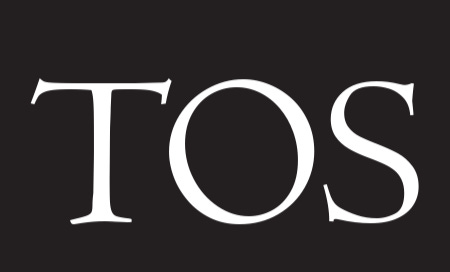The False Promise of Classical Education
For promotional purposes, TOS is making Lisa VanDamme’s “The False Promise of Classical Education” available early and to all.
The print edition of the Summer issue of TOS is at press and will be mailed shortly; the online version will be accessible to subscribers on June 20. For promotional purposes, we are making Lisa VanDamme’s “The False Promise of Classical Education” available early and to all. Here are the first few paragraphs of Ms. VanDamme’s essay:
In E. D. Hirsch’s be…
Keep reading with a 7-day free trial
Subscribe to The Objective Standard to keep reading this post and get 7 days of free access to the full post archives.




